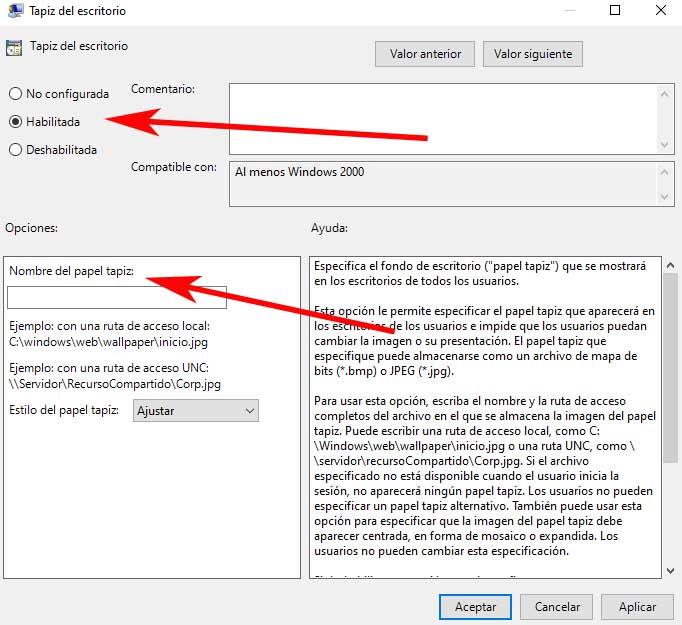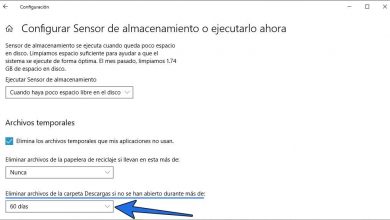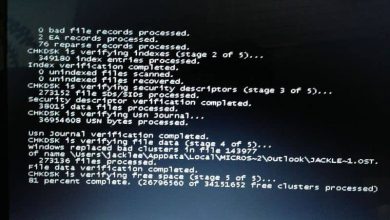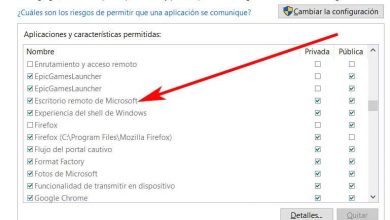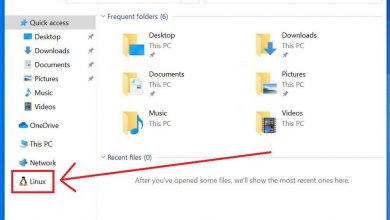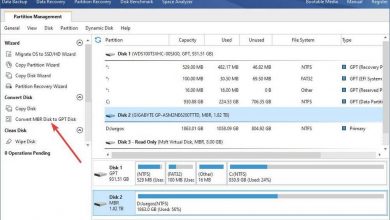So you can change the background of windows 10 without activating or licensing
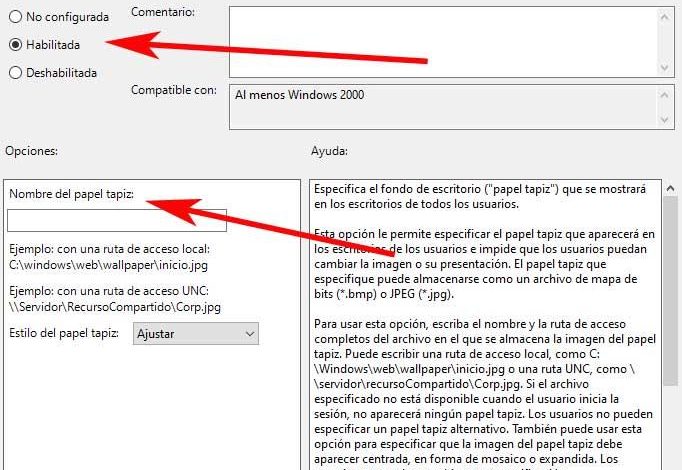
The customization functions offered by the different applications we work with today are very useful to adapt these to our needs. This is something that becomes especially important when we refer to software of the power or importance of Windows, for example.
And of course, as most of you already know, any operating system is the basis on which the rest of applications and platforms are based in most cases. Well, how could it be otherwise, this is something that also reaches a system of the importance of Microsoft’s proposal in this regard. What’s more, Windows is the most widely used operating system, by far, on desktops. Therefore, the firm itself is fully aware that it must allow, as far as possible, that users adapt it to their needs.
What are Windows themes and backgrounds for?
Hence precisely the customization functions that we referred to earlier. These allow us, both at a functional and an appearance level, to adapt the program so that it works in the way we need it best. As we say, there are many integrated functions for this, but in these lines we want to focus on one of the most used.
Specifically, we refer to the customization function that almost all of us use regularly, the desktop background. If we take into account that the Windows desktop is one of the elements that we use the most on a day-to-day basis, adapting its appearance can be very interesting. What’s more, for all of this that we are discussing, we have an almost infinite amount of content, both from Microsoft itself , and from external sources.
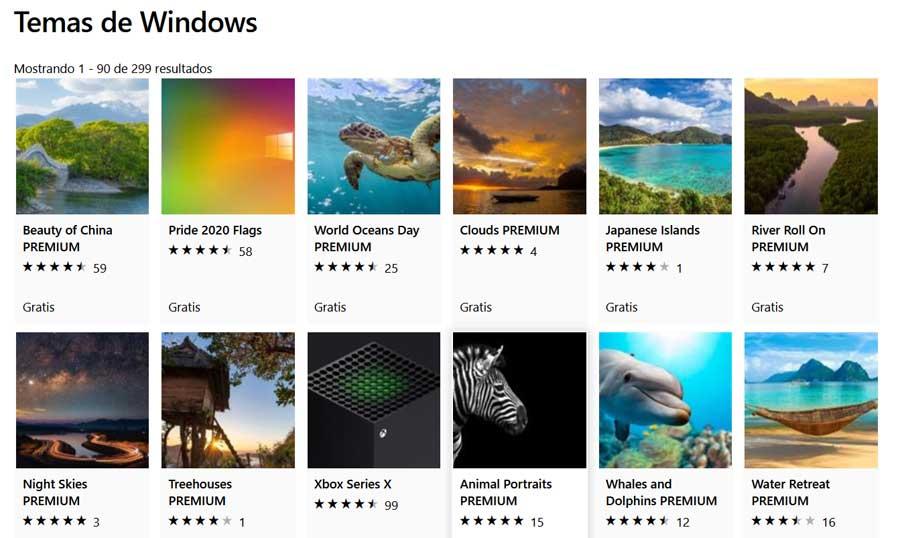
In principle, in order to differentiate the themes of the funds that we use in Windows, say that the first element is considered as a set of several of these funds. Thus we achieve, in a programmed way, that these are periodically changed to our liking. In fact, some more complete themes, in addition to backgrounds, include sounds and other customization elements.
But yes, at the same time, when talking about the Redmond operating system, we must bear in mind that if we have a Windows 10 without activating, these customization possibilities are ostensibly reduced. What’s more, we can say that the operating system itself does not allow you to customize almost anything.
Change Windows wallpaper
First of all, we will tell you that in case we want to change the Windows desktop background once activated, although we have several methods, we usually do it from the desktop itself. Therefore, for this we only have to click with the right button of the mouse anywhere on the desktop to bring up its contextual menu.
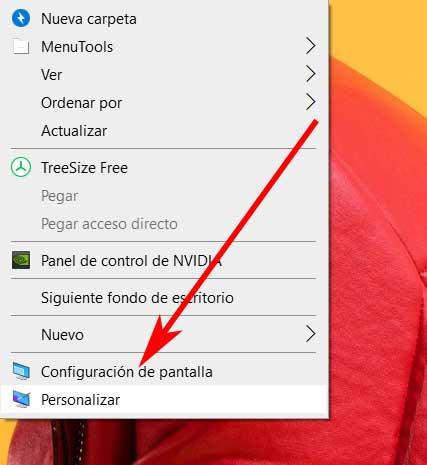
Thus, we will be able to choose the Customize option, which will give us access to the corresponding window of the System Configuration application . Here we will already have the opportunity to select the theme or background that we are going to use, its appearance, the time of change between images, etc.
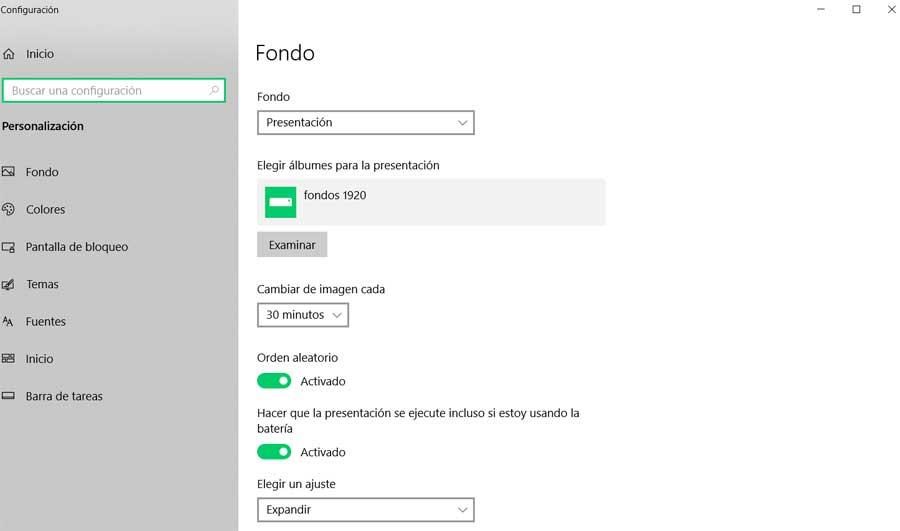
Customize Windows 10 background without activating
But we can carry all this in the event that we have a Windows 10 duly activated with its corresponding key. Therefore, if we have a system without activating, as we mentioned before, the possibilities in this sense are reduced. Thus, as probably more than one of you have already verified first-hand, in this case, the software does not allow us to adapt the system to our needs.
This is something that at the same time includes the wallpaper we are talking about, at least from the desktop itself as we have explained. In the event that we try to modify the desktop background as we have just shown you from the context menu, or the Settings application, we will see that these options are not available.
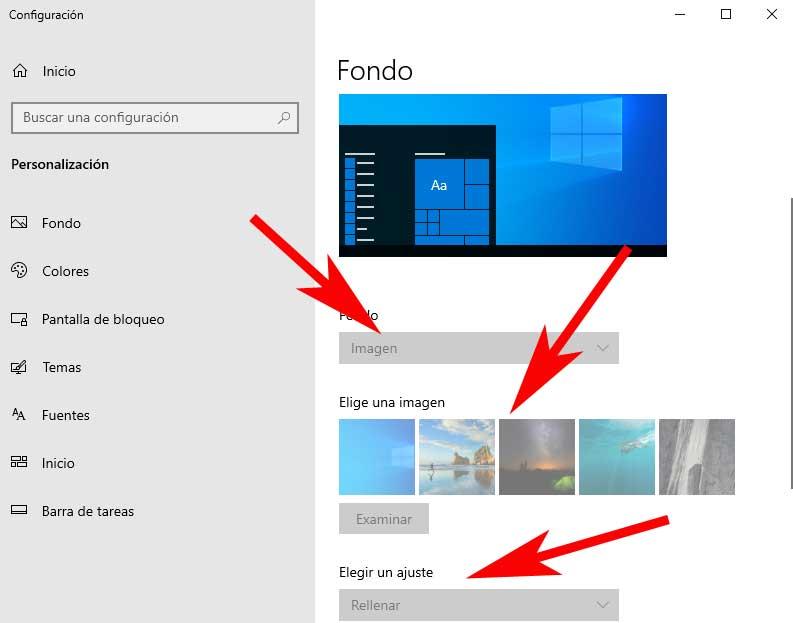
But yes, there are also other alternative options for all this that we can use. We tell you this because in the event that you have a Windows 10 without activating with its license, we are going to show you the way to do it and thus avoid this blockage by Microsoft.
Change background from photo archive
Well, as we mentioned, since Microsoft does not allow us, at least in these circumstances, to change that background image, we will look for other ways. One of them is through the photographic archive that we want to establish as a desktop background. Therefore, to achieve this, the first thing we do is locate the file as such in its disk location.
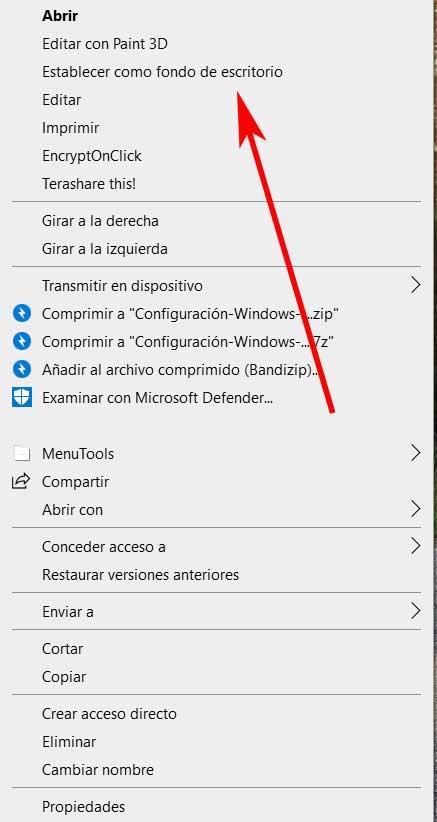
Once we have it on the screen, for example from the File Explorer itself, what we have to do is click with the secondary mouse button on the file. At that time we will only have to select the option called Set as desktop background so that we can already enjoy it as a background.
Set background from any web page
But that is not all we can do to bypass this lock in a Windows 10 without an access key. Therefore, we can also change the desktop background that we have talked about, but looking for one that we like from our favorite Internet browser.
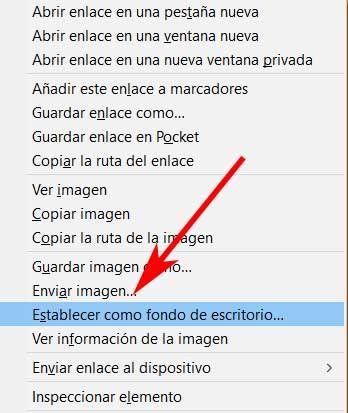
Thus, as in the case described above, once the photographic content is located , right-click on the photo to select the menu option Set as desktop background. Therefore, and as we have seen, we can customize Windows 10 in this sense, even without having an activation key for it.
Change Windows background with Photos app
The UWP Photos app has replaced the traditional Windows photo viewer in the latest version, so it has more features and options than the previous one. From adding basic effects to resizing images or editing videos, we can do almost everything in Photos. Besides that, it is possible to use it to set the desktop background of the system, even without activating it. And not only that, but we can also set an image as the lock screen background.
Well, to use this option we have to open the desired image in the Photos application and then click on the icon with the three dots located in the upper corner. Here we can select the option Set as / Set as background.

Activate background change with registration
On the other hand, although somewhat more cumbersome, we can also use the Windows Registry Editor to change the wallpaper. Of course, before making any changes to the operating system’s own registry, we recommend creating a restore point for it, just in case. Next we open this section using the Win + R key combination, where we write the regedit command and press Enter. In the new window that appears on the screen, in this case we will have to go to the following route:
EquipoHKEY_CURRENT_USERSOFTWAREMicrosoftWindowsCurrentVersionPolicies
Once in it, with the right button of the mouse in Policies we create a new Key which we call System. Next in the right pane we create a string value that we call Wallpaper. After this that we comment, we double click on the new value that we just created and paste the disk path of the image in the Value information section.
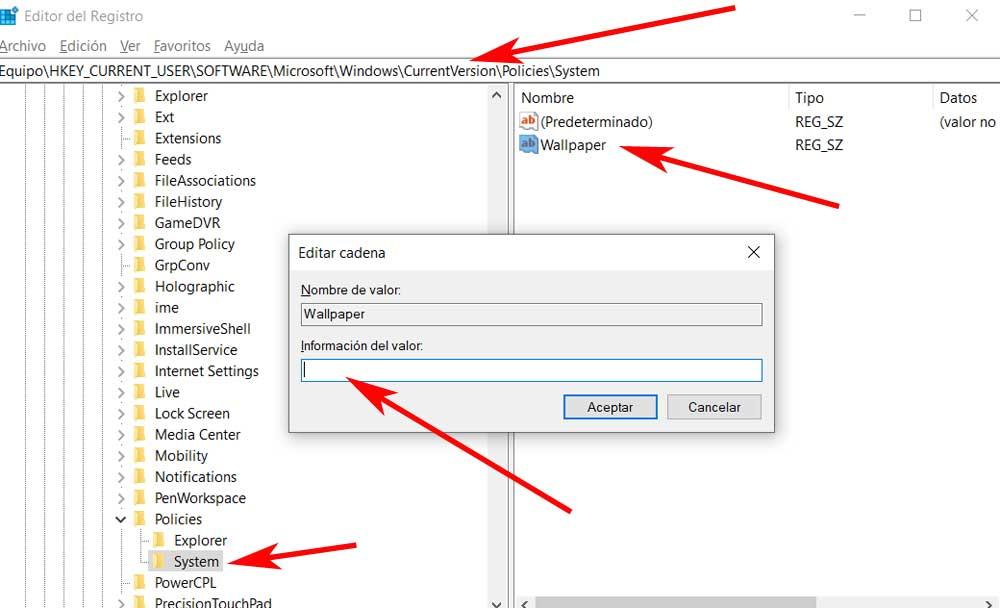
Use Group Policy to change background
Like the Registry Editor, we can also use the Local Group Policy Editor to change the wallpaper in a Windows 10 without activating. Of course, this is something that we can only carry out from here in system editions other than Home, for example in Pro. Well, to start we press the Win + R key combination and type the gpedit command . msc. We press the enter button to open the Local Group Policy Editor on the computer and we go to the following path:
User Configuration> Administrative Templates> Active Desktop> Active Desktop. Here we are going to find an option called Desktop Wallpaper where we double-click on it and select the Enabled option. We will also have to enter the path of the image in the Wallpaper Name section. Now we only have to save the changes so that this background appears on the desktop.
